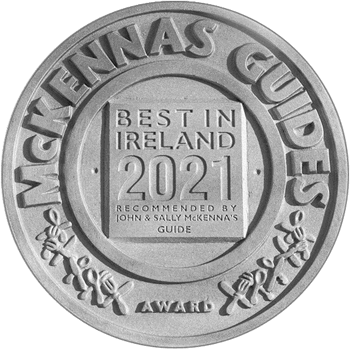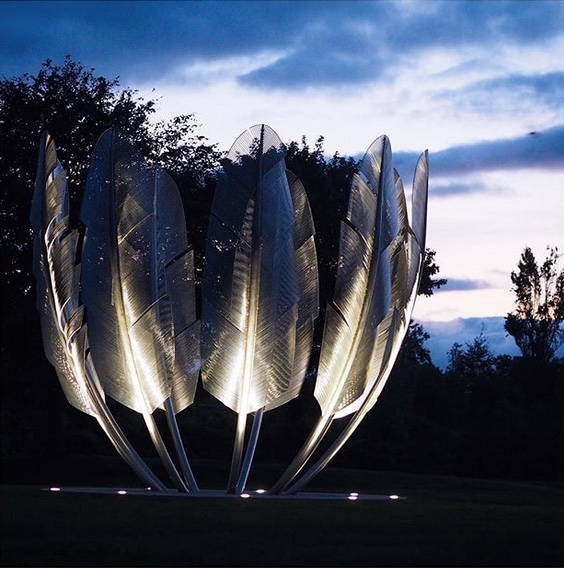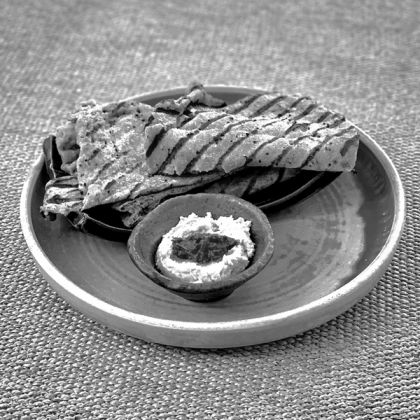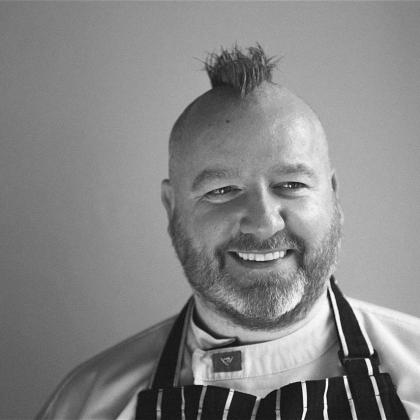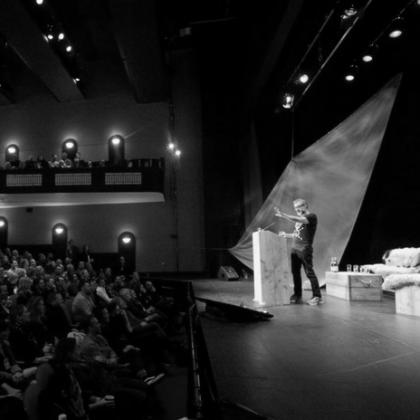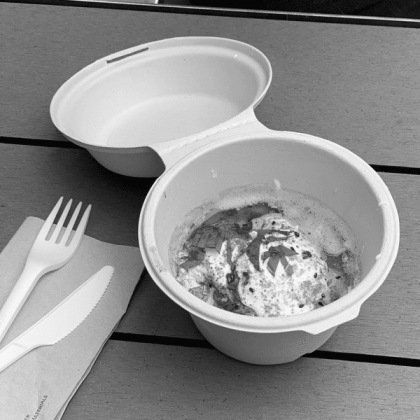This is an excerpt from Ireland the Best, published 22 March 2018
The Spire, O’Connell St, Dublin 1
Dubliners have a penchant for nicknaming the city’s monuments and statues, so when the Spire was unveiled in 2002, everybody waited to see what it would be known as – the Stiletto in the Ghetto, the Nail in the Pale, the Stiffy by the Liffey, or the Erection at the Intersection all quickly entered Dublin patois, and the Spire was immediately part of city. Standing 120m high, and only 3m in diameter at its base, the elegant structure is lit from the top by LEDs, and bathes in the ambient lighting of the street as soon as darkness falls. It is built to withstand the storms that can have it sway 1.5m and was designed by London-based architect Ian Ritchie.
The Metal Man, Tramore, Co Waterford
The Metal Man came into existence because, from the sea, it is easy to confuse Waterford Harbour with Tramore Bay. The insurers Lloyds of London, following the loss of life of 360 men, women and children in 1816 in the sinking of the HMS Sea Horse, commissioned and paid for a group of five large beacons to be erected and, in 1815, the figure of Jack Tar was cast, designed by Thomas Kirk (who also designed Dublin’s ill-fated Nelson’s Pillar). The slightly dandyish gentleman at the top of one of the beacons is said to be pointing to the safe harbour, and is dressed in the uniform of British sailors at the time. There is a second Metal Man, in Sligo, once again pointing to the deep water channel.
Kindred Spirits, Bailic Park, Midleton, Co Cork
During the time of the Great Famine an extraordinary contribution was made by the Native American Choctaws, who donated the then substantial sum of £111 to famine-relief. This gorgeously evocative sculpture is there to commemorate this act of generosity, and to remember the story of two separate nations, tied together in suffering. The statue represents Choctaw feathers – eagle feathers – made from stainless steel, arranged in a circle, symbolising an empty bowl. Visible from the N25.
